The Thracian sanctuary Begliktash, which is some 5 kilometres from Primorsko, is one of the intriguing sites in the area. There are many preserved dolmens in the area connected with the funeral rites of the Thracian tribes. As a matter of fact, these tombs date back to the early Iron Age (9th-8th century BCE), whereas the Begliktash megaliths are at least 6 centuries older – probably dating to the Bronze Age.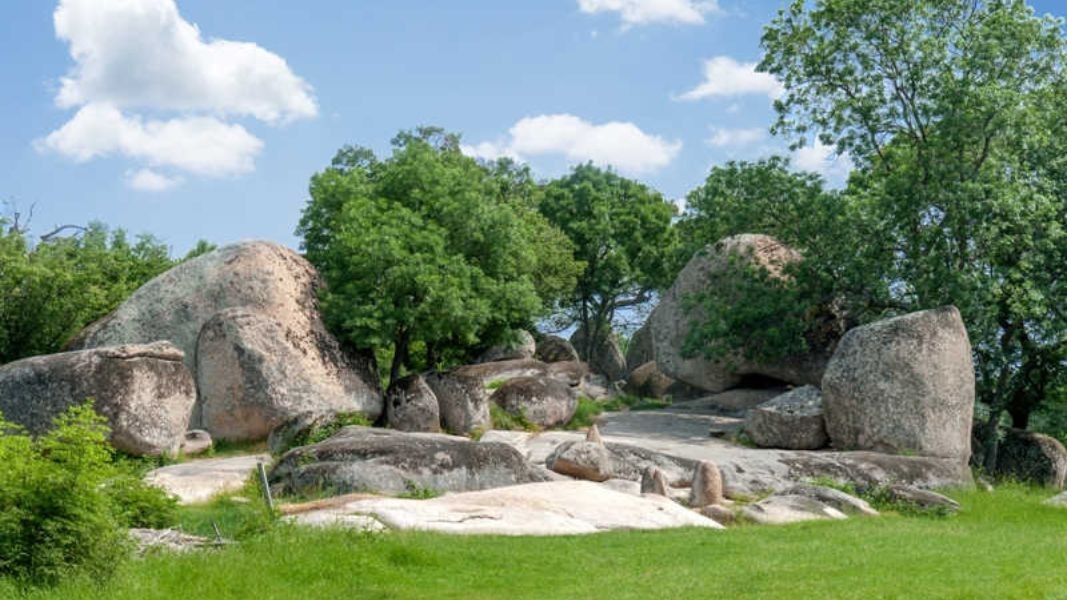
“The important thing is that all of these finds, which can be seen today, show there was an extremely high concentration of life in our lands at the time when the dolmens were made,” says Daniel Pantov, director of the History Museum in Primorsko, and adds there is good news now – the first more extensive archaeological excavations are to begin here very soon, in the autumn. The archaeologists have high hopes as no one has ever undertaken extensive excavations in the megalithic complex.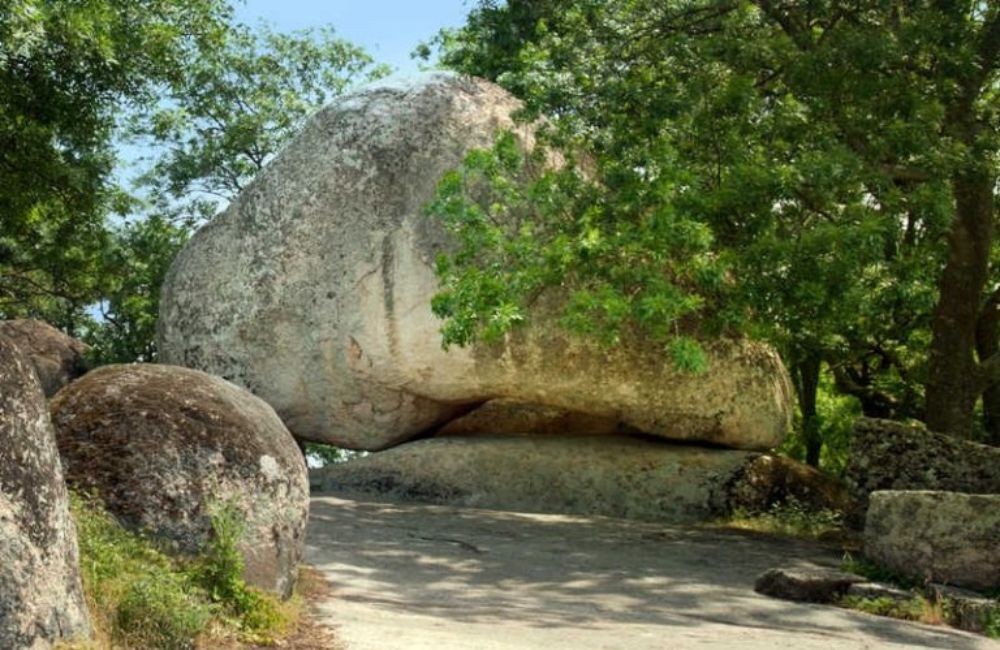
“Last year we did some really interesting calculations based on where the stones themselves, the megaliths are located. That gave us some interesting specific points which indicate that the place was used as an observatory,” says Daniel Pantov and goes on:
“Unfortunately, very little is known about this Thracian sanctuary. Studies of the sanctuary were done at the beginning of the 21st century, but they were very superficial. The rock furrows were cleaned but there were no special archaeological studies. We need to penetrate deeper to establish the cultural layers, to see when it started functioning. The aim is to find out what the function of this place was. If we begin systemic studies, we shall study sectors where there are cult buildings,” Daniel Pantov said. 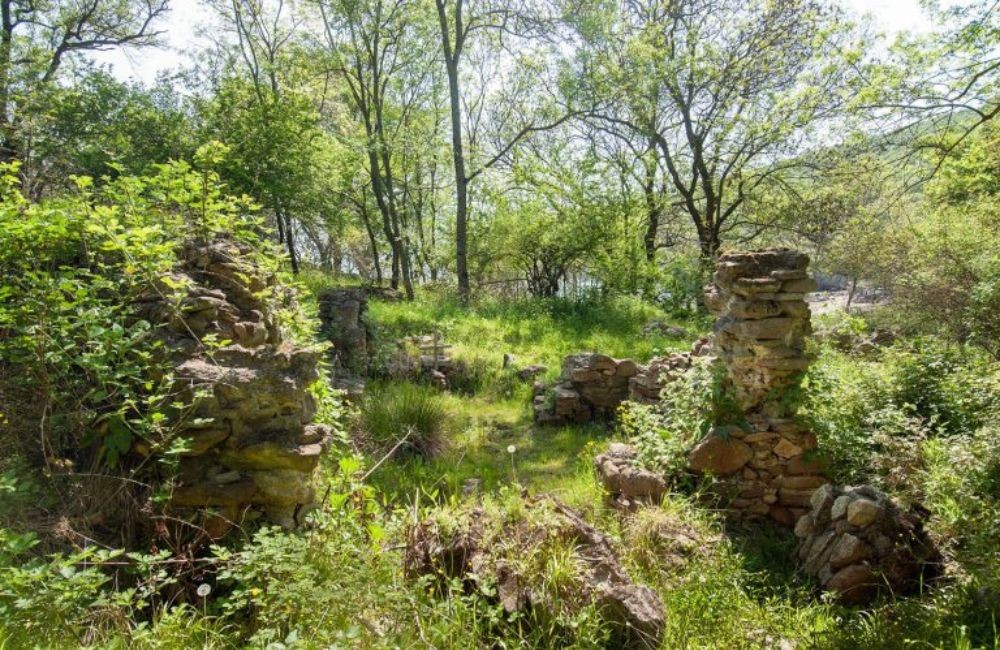
The History Museum in Primorsko, the dolmen Zmeyova Kashta (Dragon House), Cape Maslen Nos, the remains of the St. Paraskeva basilica are just some of the places in the area tourists like to visit, especially those with an interest in cultural tourism. A visit to the sanctuary itself is a must because the museum in Primorsko only displays fragments of pottery found inside the rock crevices.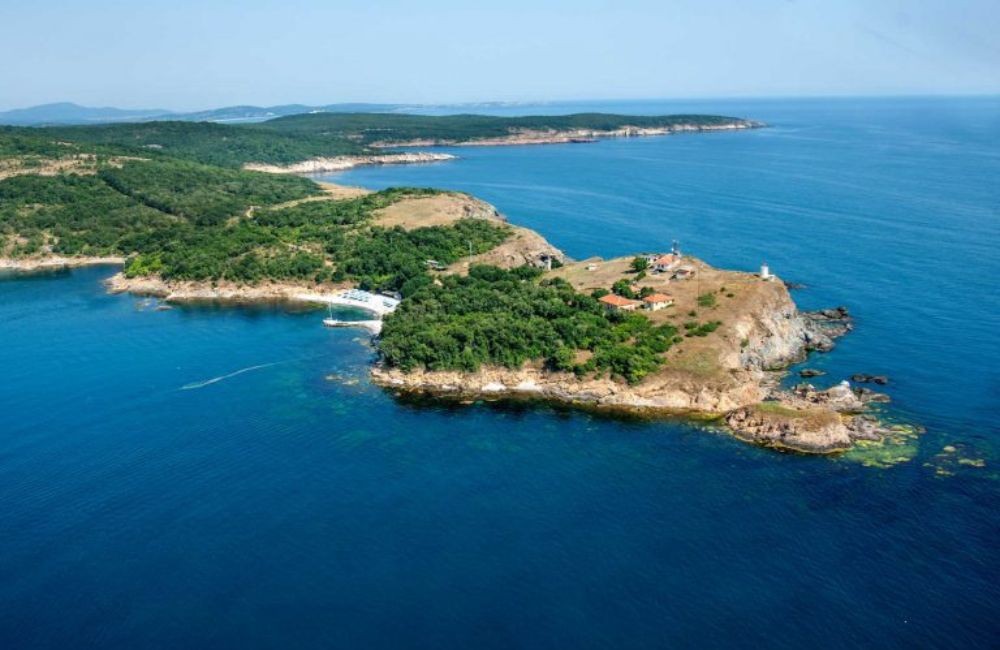
At Begliktash there is an ancient sacrificial altar, a “footprint” of the Mother Goddess, a shaman throne, and a narrow opening in the rocks offering a clearer view of the star-studded night sky. Everything at Begliktash looks as if it has been arranged according to the knowledge and the beliefs of our ancestors but one does ask oneself – what force brought and arranged all of these rocks in this particular way? Though some questions may not remain unanswered, visitors are fascinated by the legends they are told by the tour guides here – in Bulgarian, English, Russian, French and other languages.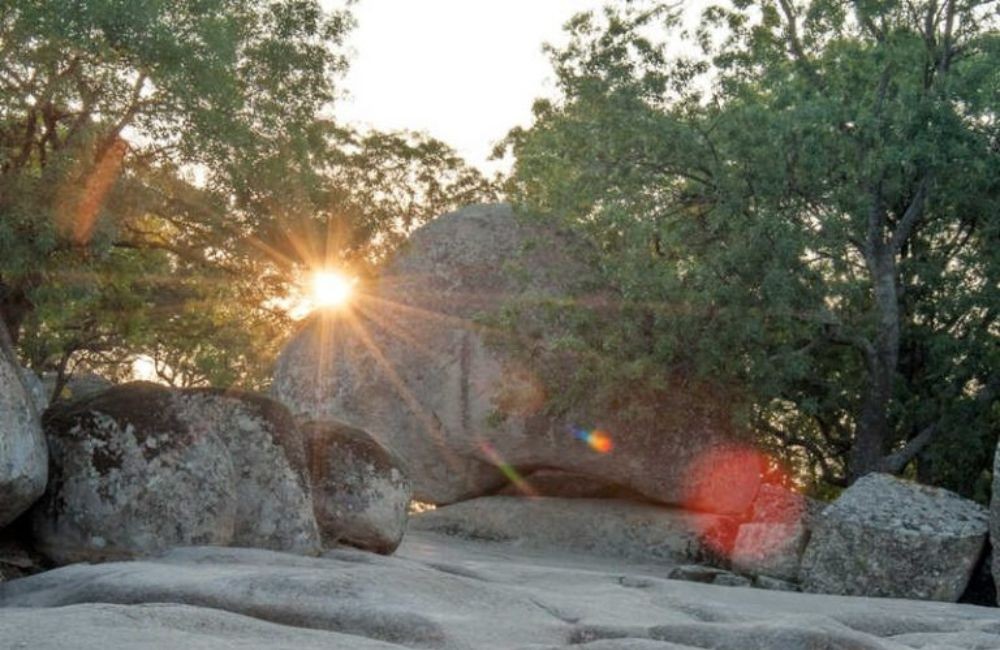
What does it feel like to be here every day in summer? The answer from young tour guide Elena Pavlova:
“This used to be a special place where people would come on certain days of the year, and on special occasions to pray to their deities. Modern research has shown that the magnetic field here is higher than normal, that is why people may feel a powerful energy here. 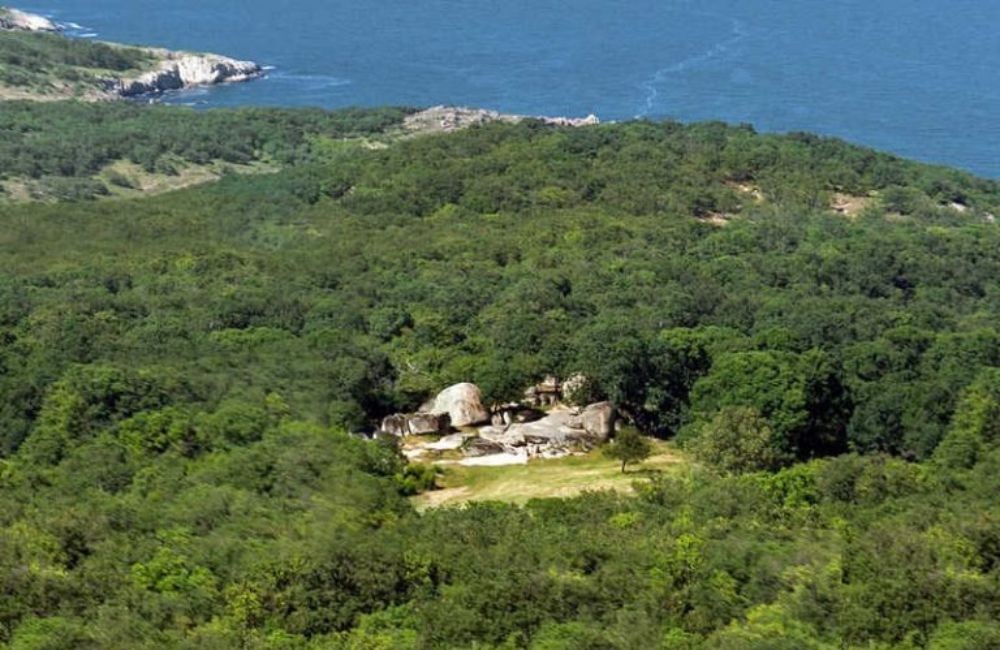
There are all kinds of legends connected with this place – for example that young women unable to have children for one reason or another, came here and would stand, barefoot, in the footprint of the Mother Goddess. It is said that after repeating this ritual several times they would return here, after a time, with a baby in their arms.”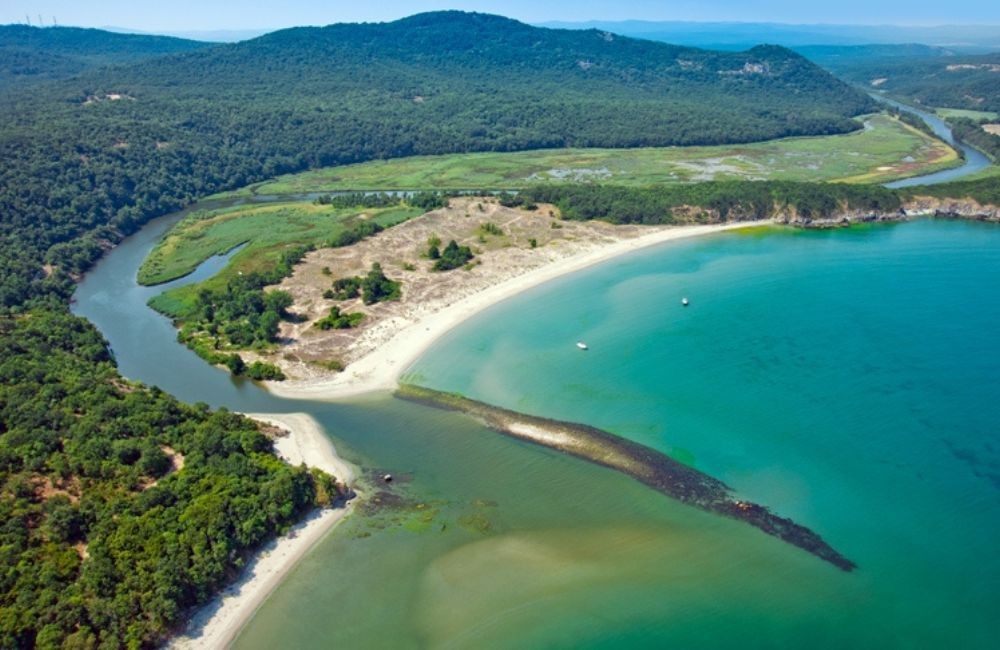
Gergana Mancheva
Translated and posted by Milena Daynova
Photos: museumprimorsko.bg, Facebook /Begliktash
In today’s world, where material values overshadow the spiritual, reflections on the salvation of souls somehow remain in the background. The constant race against time and the stream of daily tasks muffle the voice of the soul, which struggles to..
In 1018, after half a century of struggle, the First Bulgarian Empire was conquered by Byzantium. Despite the many uprisings of the Bulgarians, the power of Constantinople lasted for nearly two centuries. In the autumn of 1185 or the..
On 19 October, Bulgarians commemorate St Ivan Rilski, also known as St John of Rila, who is considered the country’s heavenly protector. He founded the Rila Monastery, which is the largest and most influential spiritual centre in Bulgaria. Ivan..

+359 2 9336 661
